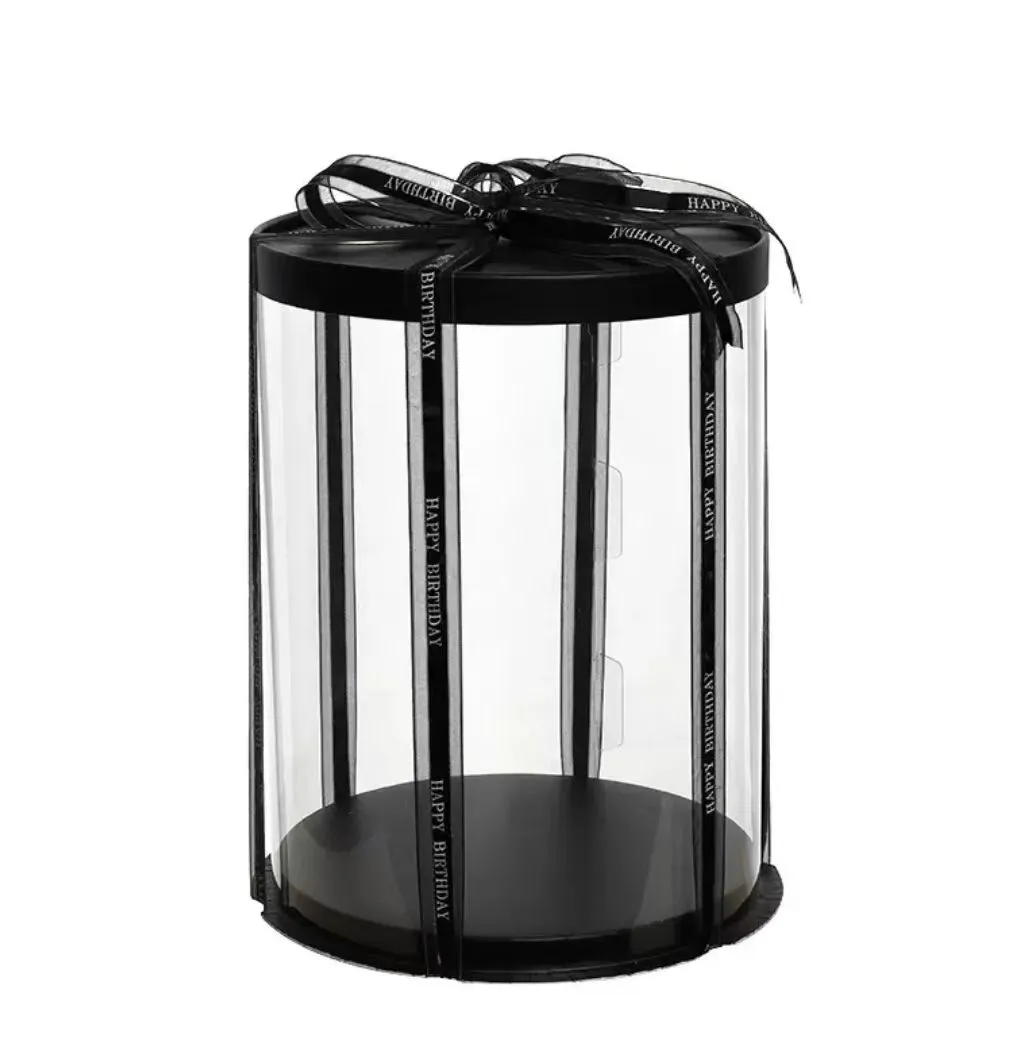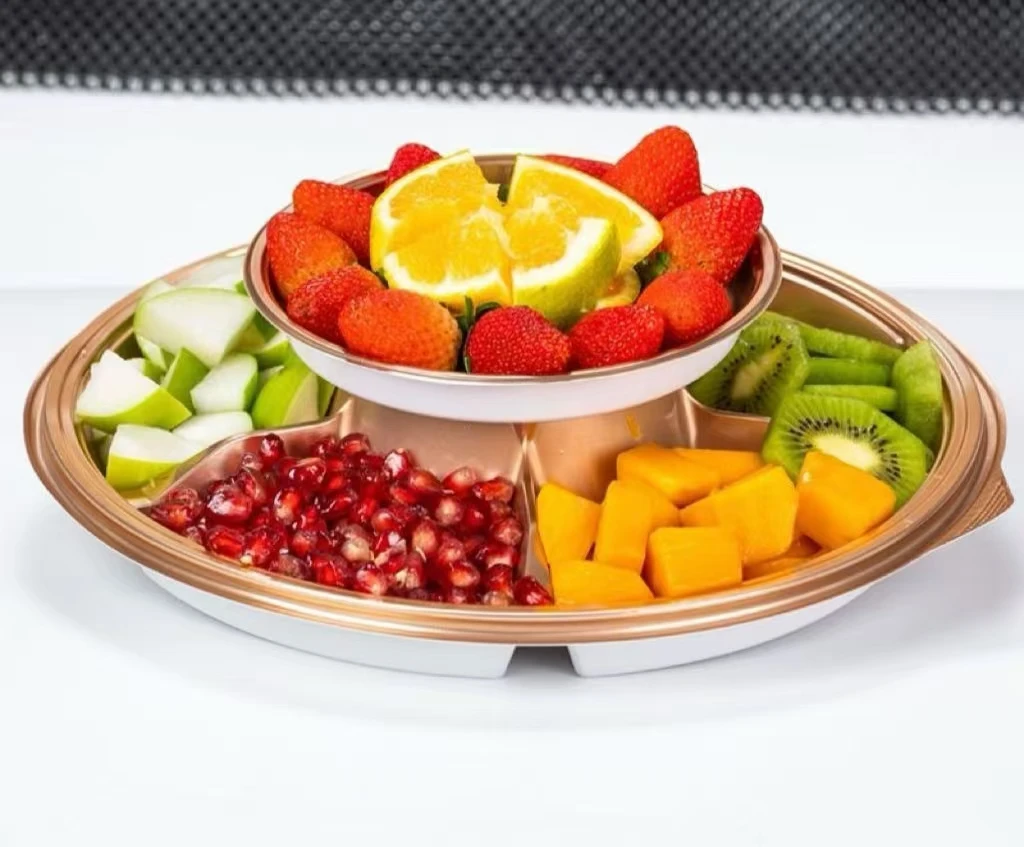Jan . 13, 2025 10:43
Box packaging tape is an essential component in the logistics and shipping industry, playing a pivotal role in securing goods for transportation. Over the years, businesses and packaging experts have distilled their experiences into a wealth of information, illuminating the critical factors that influence the selection of the right packaging tape. This article seeks to offer insights grounded in expertise, exploring the nuances of packing tapes that go beyond their mere adhesive properties.

Selecting the ideal box packaging tape requires a comprehensive understanding of its material composition, adhesive quality, and suitability for various uses. Good packaging tape is characterized by its durability and strong bonding capabilities. Typically made from polypropylene or PVC, each material offers distinct advantages. Polypropylene, being lighter and more affordable, is ideal for general use. In contrast, PVC is revered for its strength and quiet unwind feature, making it a preferred choice for high-stress environments such as industrial packaging.
Central to any discussion on packaging tape is its adhesive quality. The tape's performance is often determined by whether it uses acrylic, hot melt, or natural rubber adhesives. Acrylic adhesives are known for their resistance to aging and UV light, making them suitable for long-term storage in varying temperatures. Hot melt adhesives provide immediate bond and are excellent for cold environments, offering fast adhesion to cardboard surfaces. Natural rubber adhesives, with their high tensile strength, deliver exceptional bonding performance in both cold and humid conditions. Each adhesive type works best under specific conditions, so it's critical to align your choice with your operational needs.

Beyond the material and adhesive, the effectiveness of packaging tape lies in its usability. Ease of application can considerably enhance efficiency, particularly in high-paced settings. Dispensing tools and the tape’s unwind properties can significantly impact handling time. Tapes with a smooth unwind can reduce application noise and minimize strain, thereby improving the overall working environment. Additionally, machine-applied tapes versus manually applied ones should be considered based on the scale of operations to ensure optimal productivity.
box packaging tape
From an expert viewpoint, the environmental impact of packaging materials cannot be overlooked. As sustainability becomes a central focus for businesses and consumers alike, eco-friendly packaging solutions are gaining traction. Biodegradable tapes, made from plant-based materials, offer a sustainable alternative to traditional options. They not only reduce plastic waste but also resonate with ecologically conscious consumers, enhancing brand reputation and trustworthiness.
In discussions about box packaging tape, it is also paramount to consider compliance and safety standards. High-quality tapes should meet international standards such as ASTM or ISO, which validate their performance under various conditions. Ensuring compliance not only mitigates risk but also reinforces the credibility of the packaging materials used.
Ultimately, the right box packaging tape is one that embodies a balance of strength, resilience, ease of use, and environmental responsibility. Informed choices backed by expertise and real-world experience ensure that shipments remain secure and intact, instilling confidence in both businesses and their customers. As the packaging industry continues to evolve, staying abreast of emerging trends and technologies will keep businesses competitive and authoritative in their field, upholding their commitment to quality and sustainability.





